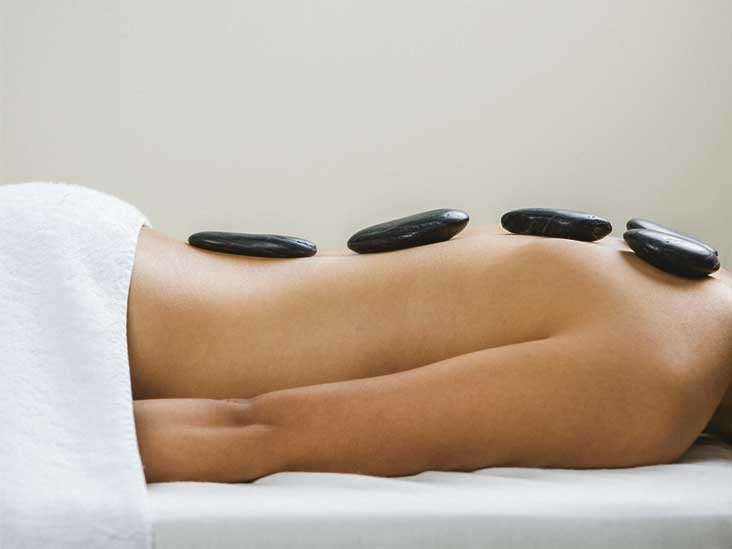What's Craniosacral Therapy?

Craniosacral therapy has been known to become an effective treatment for thousands of years. The theory behind craniosacral therapy is simple enough. Our bodies are composed of the bones, organs and bones of the skeletal system and their job is to extend the frame for the rest of our organs and cells. If something goes wrong with one or more of these structures, it can cause problems with the function and structure of the whole body resulting in pain and distress. This approach is known as osseointegration and happens when the structures around the inner organs become twisted.
Among the benefits of craniosacral therapy is that the manipulation helps the underlying cause as opposed to simply masking the symptom. This sort of treatment is done with the patient lying on their stomach facing their hands and feet and their hands put on the floor. With this place, the two of the rectal vehicles or the bones on either side of the spine are either manipulated or"squeezed in". Craniosacral therapy is often utilised along with other alternative medicine approaches, such as aromatherapy, massage and deep breathing and exercise to deal with the many different symptoms.
The theory behind craniosacral therapy is simple enough. Our bodies are composed of their bones, bones and nerves of the skeletal system and also their occupation is to give the framework for the remainder of our organs and tissues. 김해출장 If something goes wrong with at least one of these constructions, it could lead to pain and distress.
As stated previously, it's common for both patients and chiropractors to use craniosacral therapy collectively. Many patients report they feel instant relief from their symptoms following a session. Many folks today realize that the technique soothes the nervous muscles in the back and neck, decreases or eliminates the requirement to take over-the-counter drugs or prescription medications. Patients also report significantly less stiffness and soreness immediately after their own sessions. It appears that some of the stress on the nerve roots is removed from the central nervous system and also moved to the epidermis, so it is not unlike a massage, but obviously a very different character.
Some critics assert that chiropractors using manual therapies for patients with health problems, like back pain, are not offering primary care. Rather, they are only"bandaging" the symptoms, without addressing the underlying reason. But, advocates counter that a few disorders have a direct relationship to the spinal arrangement, and manual therapies can help realign these energies. And some evidence indicates that craniosacral therapy helps to relieve the painful effects of arthritis and shingles.
Craniosacral therapy is generally safe when administered by trained professionals, who are also experienced in the techniques of chiropractors. But there are many precautions that professionals must know about. The technique was utilized in conjunction with invasive procedures, like surgeries, so practitioner ought to be well-trained and experienced in the surgery as well as the methods of craniosacral treatment. Other specialists, such as neurosurgeons, should be consulted for their opinion before moving. Further studies are required to confirm its safety and efficacy.
Many practitioners are now supplying different treatments besides craniosacral treatment. These other remedies include osteopathic, acupuncture, acupuncture, and herbal therapies. Osteopaths can use x-rays and other diagnostic instruments to help determine the origin and route of dysfunction in the body. Reflexologists can treat aches and pains with the application of particular oils. Herbalists can often offer useful remedies, such as acupuncture, in combination with craniosacral remedies.
Osteopaths and chiropractors are just two types of specialists who can execute craniosacral therapy. There are also many chiropractic and rehabilitation clinics offering similar services. These clinics might not specialize in craniosacral therapy, but they are able to refer patients to craniosacral therapists, who frequently specialize within this therapy. This can be convenient for those who are not familiar with the treatment methods, but do want to get relief in pain. Some professionals provide both osteopathic and chiropractic therapies, but it is ideal to ask which techniques the clinic supplies before visiting whether it specializes in craniosacral treatment. If it does not, then the practitioner may not have experience in handling traumatic injuries, such as fractures or other bone problems.